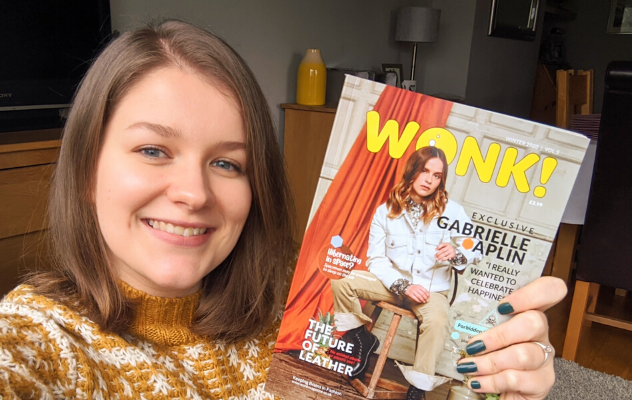If you’ve ever shown a young child a simple science experiment you will know that, in their eyes, you are now a wizard. With some nurturing, science engagement in children can be quite straightforward to grow and maintain. But then, they evolve into a terrifying sub-species… the teenager.

Suddenly all the tips and tricks you once had down to a tee aren’t worthy of their attention. Unfortunately, this is a time when a lot of the younger generation lose interest in science because they’re too distracted by other aspects of life. This also happens to be the time that they make major life choices which will affect the course of their future. Keeping teenagers interested is vital in recruiting more scientists and engineers.
Passive engagement
We can’t force teenagers to enjoy something and the more it is forced, the more uninterested they become. At this age, it’s time to change up your tactics and engage them passively.
I am the chief editor of Wonk!, a science magazine that applies the principle of passive engagement to its content by linking science to topics that teenagers are already interested in, like fashion, beauty and pop culture. By using these topics as a ‘foot in the door’, we transition seamlessly into science, making it interesting and relatable.
Science is such a broad subject, covering so many different specialisms, that there is bound to be something that interests everyone. By getting teenagers learning and reading about science outside of the classroom, they are more likely to stumble upon something that really sparks some excitement in them.
One teacher told us that she overheard students talking about the genetics of leopard print, a topic covered in Wonk!. She said that “It was great to see my students talking about science outside of my lessons, which was something I’d rarely seen before. They seem so much keener to learn when the science means something to them.”
Building bridges and bursting bubbles
The great thing about building a bridge between science and everyday life is that it takes science out of its bubble, breaking down any misconceptions about it being too hard or nerdy.
By blending science with pop culture, teenagers get the chance to learn about things that their peers will be chatting about, as well as giving some scientific context to boost learning.
Once teenagers engage with science, they will start to find areas of particular interest that they may even want to aim for a career in. A subscriber of Wonk! said that she has recently discovered an interest in forensic biology and has now been able to ask her teacher which A levels she should take to pursue that at university.
So, I believe the key to science engagement in teenagers is not to preach it, but to weave it into the other things that matter to them at the time. This will guarantee the best results and there won’t be a ‘that’s so unfair’ or eye roll in sight!
Hannah Needham is editor of Wonk! magazine - www.wonkmagazine.co.uk/magazine

